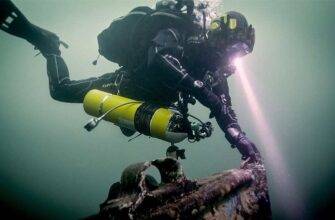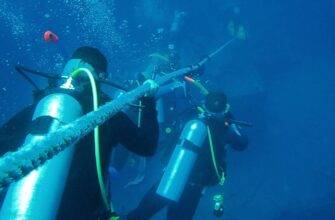Freshwater is far from always neutral in reaction. the pH of water in different bodies of water can vary very widely, from strongly acidic to strongly alkaline. the pH of the same freshwater body can vary significantly due to natural and anthropogenic causes.
In contrast, the pH of oceanic water is relatively stable due to the buffering effect. A buffer is a solution that contains components that prevent the acid-alkaline balance from changing toward oxidation or alkalinization. Seawater has the properties of a buffer mainly due to its carbon dioxide content.
Carbon dioxide can enter into various reactions with water, as a result of which hydrogen cations are bound or released. When water becomes too alkaline, reactions release hydrogen cations, which restore the equilibrium.
In contrast, when the water becomes too oxidized, other reactions bind hydrogen cations, making the solution more alkaline. The cycle of carbon – is a very important and complex process by which the pH of ocean remains relatively stable.
Although the pH of seawater is relatively stable, it changes with depth. This is because the amount of dissolved carbon dioxide varies at different depths.
Read More:




